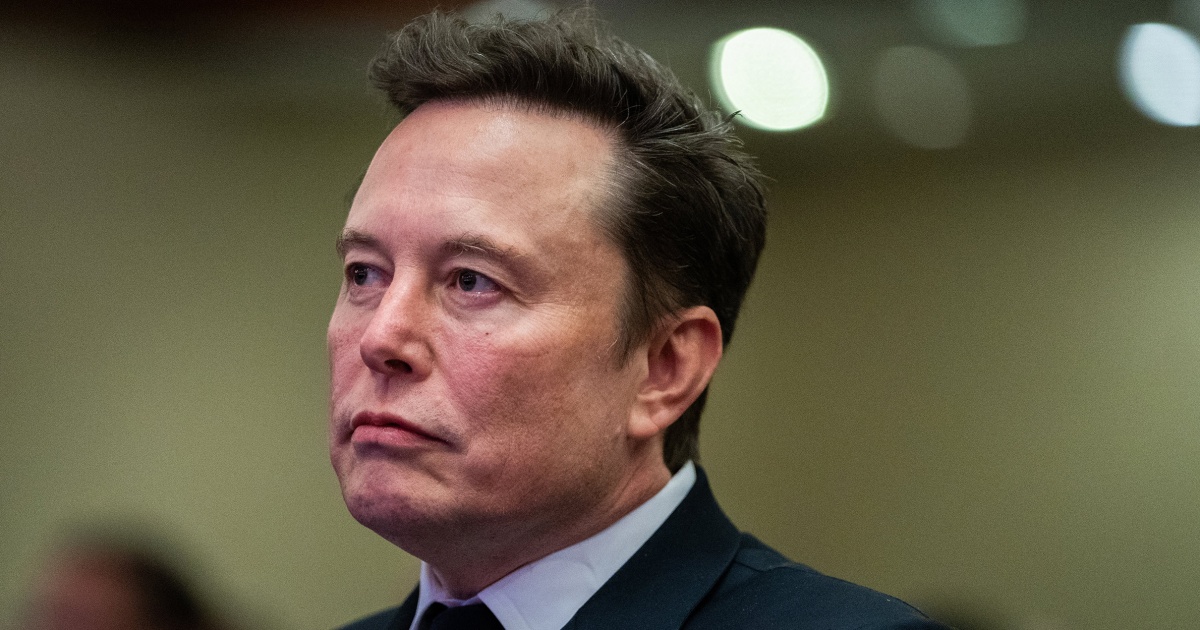Jobs
What’s behind Europe’s auto industry crisis and how can more mass job losses be prevented?

European trade unions have long warned of a (new) deindustrialisation crisis on the continent, which has been a serious concern for the automotive sector since the outbreak of the Covid-19 pandemic. In recent weeks, Volkswagen made headlines with its decision to consider closing plants in Germany; Stellantis has begun reducing its presence in Italy; and Audi has already announced restructuring at an electric vehicle plant in Belgium (a particularly surprising announcement given the EU’s commitment to the energy transition and electric cars).
Auto workers have been quick to mobilise. Cities in Belgium, Germany and Hungary have recently been the scene of demonstrations to highlight the problem and call for solutions.
- How many jobs are we talking about?
Between 2019 and 2023 the EU has seen more than 853,000 job losses in manufacturing, including the automobile sector, an industry employing some 2.4 million workers and providing up to 13 million direct and indirect jobs. Poland, Czech Republic, Romania and Germany are heading the job cuts figures in the industrial sector.
The main cause for these cuts, says the European Trade Union Confederation, is the “lack of tailored support for EU industry”.
- So, now what? What proposals are on the table?
The focus is on investment. The trade unions are calling on the EU to rule out austerity measures and focus on an industrial policy that gives the importance owed to all sectors, that looks to sustainability and the long term, that is geared towards quality jobs and does not bow to deregulatory pressures but places social conditionality on investment, bearing in mind that competitiveness based on low pay and poorer working conditions is short-lived. They are calling, more specifically, for the EU to develop a European investment instrument that reaches out to all states and regions, and social dialogue (involving state, employer and worker representatives).
- Is the EU taking concrete steps?
In his recent report on European competitiveness, former European Central Bank president Mario Draghi noted that the EU needs to invest around €800 billion (4.7 per cent of European GDP) a year to meet its innovation, energy and security objectives, to be able to compete with the US and China. The question now is how this amount is going to be raised.
In the automotive sector, and with regard to China, the EU is considering the tariff option. An EU anti-subsidy investigation concluded that Chinese electric cars compete unfairly on EU territory. Member states now have to decide, by the end of October, whether to finally apply tariffs on Chinese electric vehicle imports. China, meanwhile, has already threatened to reciprocate by doing the same in other European sectors. In 2023, 21.7 per cent of electric vehicles sold in the EU came from China, a figure showing rapid growth considering that the rate for 2020 was 2.9 per cent.
- A European Commission allied with workers?
With the new European Commission (which even before its renewal – pending approval – was already right leaning and putting the brakes on the European Green Pact), the challenge for trade unions is twofold: to keep up the pressure to ensure that the green agenda is not derailed and that workers’ representatives are part of the talks on the design of green policies – with an eye to including concrete measures on training, job relocation and social protection, so that the transition does not leave hundreds of thousands of workers by the wayside.
Interestingly, the appointment of Teresa Ribera, a figurehead of the ecological transition in Spain (Socialist government), as the first executive vice president of the European Commission in charge of a clean, just and competitive transition, as well as competition – a strong person for European industrial policy – stands in contrast with the scrapping of the Employment and Social Rights portfolio, which will come under the ‘People, Skills and Preparedness’ portfolio. So what message is being sent out?
- Can competitiveness and sustainability be compatible?
The trade unions are clear on this. Neither European competitiveness nor reindustrialisation are possible without a just ecological transition, because the future lies in sustainable industries. A first reading of Draghi’s plan offers scope for a just transition that would enable the protection of (quality and sustainable) jobs and the design of the policies needed to deal with the climate crisis.
Want to know more? You might be interested in:
– The Just Transition Centre of the International Trade Union Confederation, to learn more about the Just Transition
– The future of the automotive sector, according to the European Trade Union Institute (ETUI)
– The future of European competitiveness report by Mario Draghi
– The automotive sector, according to the European Commission










